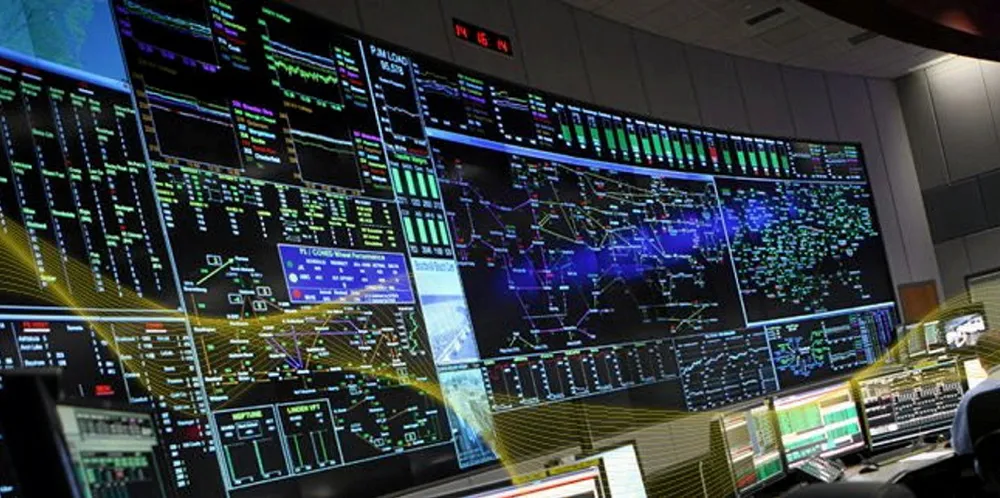US' largest grid operator greenlights lead-off plan to wire-in renewable plant 'better, faster'
Pennsylvania-based PJM aims at strategy to speed addition of new wind and solar projects – and help clear its massive 225GW backlog – as nation develops transmission system 'of the future'
